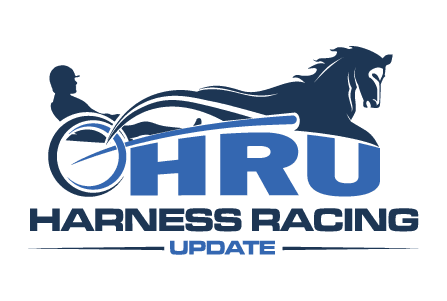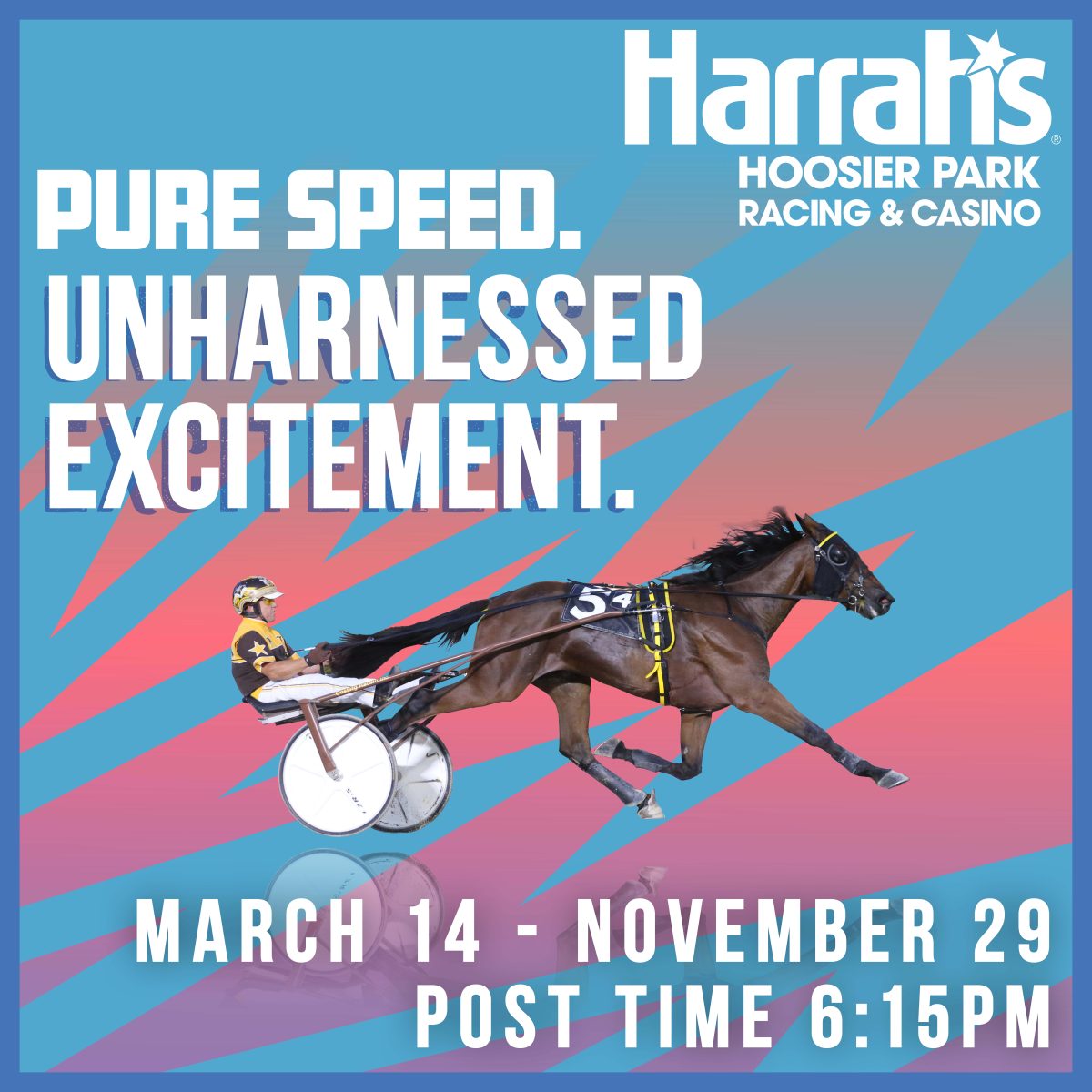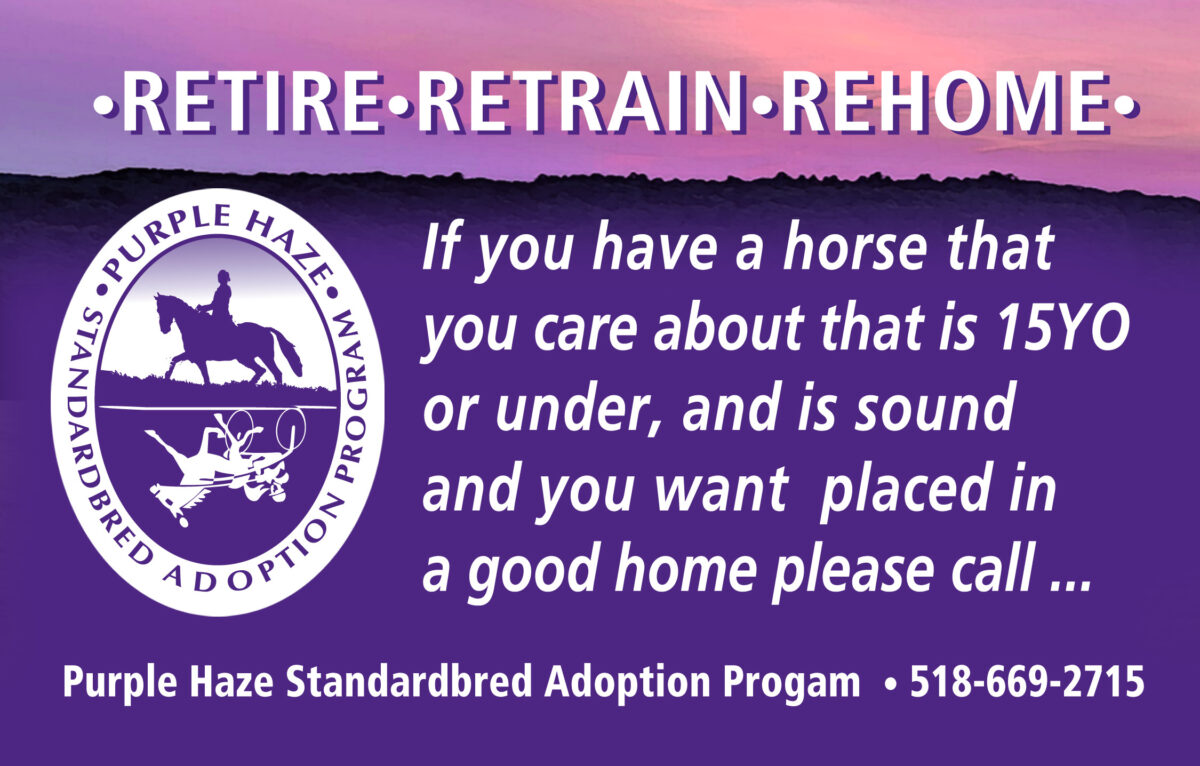Tom Charters: The sport’s ultimate caretaker
The former president and CEO of the Hambletonian Society will be officially inducted into the Harness Racing Living Hall of Fame tonight in Goshen, NY.
by Moira Fanning
Like so many in harness racing, Tom Charters was introduced to standardbred racing by a family connection, as his uncle married into the famed Ohio clan of horsemen that included Jim and Dick Hackett. However, it’s fair to say that when Dick Hackett taught Charters to muck a stall, he could have never imagined he was handing a pitchfork to a future Hall of Famer.
As a teenager in the 1960s Charters alternated between school and working summers at Scioto Downs for Dick Buxton. In May of 1968, while studying print making and painting at Ohio’s Miami University, he took a summer job grooming for the legendary Delvin Miller, a move that was to play a key role in his life. From the Ohio Fair Circuit to the Roarin’ Grand, Charters learned the caretaking and training ropes and came to love and appreciate both harness racing and the horses, especially under the tutelage of Delvin Miller. Miller ran the harness racing equivalent of the Wharton School of Business. From his shed row came names such as John Cashman, Andy Grant, Lars Johansson, and many of today’s top trainers.
Besides imparting an unmatched level of horsemanship, Miller and his second trainers Aime Chouquette and Dick Baker stressed the importance of a strong work ethic, treating people fairly and always doing the right thing, whether you were dealing with animals or people. Oh, and always putting forth a good appearance, no matter how hard it was as a groom to keep your shoes shined and your shirt tucked in.
The next Uncle to impact Charters’ life was Uncle Sam, who sent him, along with so many other draftees, to Vietnam. Upon his discharge as a sergeant, Charters returned to college in 1971, graduating from the University of Kentucky with a degree in Animal Science. While attending UK, he resumed summer work with Miller, and over the next four years, cared for numerous stake winners such as 1974 Yonkers Trot winner Spitfire Hanover and even got to tour Europe in the Hans Fromming Stable with Delmonica Hanover in 1975.
The life skills Charters acquired as a groom in Miller’s barn were the first step on his path to success. Miller, impressed with Charters’ diligence and intelligence, lent his tremendous influence at various intervals thereafter in his career. In 1976, Miller urged Charters to transition “frontside” and Charters was hired as assistant racing secretary at The Meadows, the western Pennsylvania track founded by Miller. By 1980, Charters was the race secretary at the bustling five-eighths mile oval where he gained experience that would be invaluable in future endeavors.
Young and single, in 1983 Charters leapt at the opportunity to become director of racing and racing secretary for the newly opened Macau Trotting Club in China. The international jaunt left him with more managerial experience and a love of dim sum.
A year and a half later, again with Miller’s influence, Charters returned stateside for a position in a newly-formed initiative by the Hambletonian Society: a year-end championship series called the Breeders Crown. As executive director of the Breeders Crown, Charters was involved in every aspect of the creation and execution of the Crown, designing logos and trophies; securing and executive producing the television obtained for the series on a fledgling sports network named ESPN; writing racing conditions and stallion nominations that would fund the divisional champion races; finding host tracks and managing rights fees; launching a national publicity program to showcase the events and overseeing sponsorship efforts; all the minutia as well as the broad flourishes that went into creating a permanent and prestigious reality from an idea born in boardrooms and cocktail parties.
The Hambletonian Society could have chosen no better person than Charters to shepherd the series and maintain the stature from the inaugural event in 1984 to the present. It is largely to Charters’ credit that in the ensuing 40 years as racetracks closed and merged, and stake races disappeared and the sport itself contracted and evolved that the Breeders Crown and Hambletonian honors remains some of the most coveted in the sport.
There is serendipity in the fact the race that cemented the Crown’s reputation back in 1984 as an instant classic took place at The Meadows, where both Delvin Miller and Charters had such deep roots. The Dragon’s Lair victory over Nihilator — accurately billed as a David vs. Goliath contest — was so thrilling that it is still talked about today as one of the most memorable Breeders Crowns.
Over the next decade, under Charters’ leadership and the direction of the Society board, the Breeders Crown program set high industry standards for brand imagery and recognition, media exposure including consistent national television exposure; owner and breeder recognition and hospitality, attracting foreign superstars such as Varenne and Commander Crowe, and for achieving record pari-mutuel business and fan exposure for the sport.
In 1993, the Society merged its Kentucky and New Jersey offices, and hired an executive coordinator to modernize the staking process and obtain sponsorships and TV for the all the Society’s properties. After an extensive search, Gordon Sulcer was hired.
“I joined the Hambletonian Society to bring in sponsorship support and develop relationships with major animal health companies. I knew the sponsorship business but I did not know the difference between a standardbred and a thoroughbred, or trotter from a pacer. Tom Charters got me squared away real fast,” said Sulcer.
“He taught me the harness horse business as I should know it. I was so grateful for his patient and thorough sharing of his horse knowledge with me. Together we worked as a team for 14 years with great results.”
Charters was next named executive director of the Society, overseeing its administration of 130-plus races it owns or services across North America, including the sport’s ultimate prize, the Hambletonian. In 1998, Charters was named president and chief executive officer of the Hambletonian Society, rarefied air for a caretaker from Ohio.
As with the Breeders Crown, the Hambletonian has flourished as the industry’s preeminent event. The Society’s partnership with Meadowlands and each of the Crown host tracks, and Charters’ small but dedicated staff have set high standards in the harness industry in nearly every category for their events. Charters has personally made it a priority to preserve the history and traditions of the Hambletonian from the grooms to the bluebloods.
Throughout his career, Charters maintains he is still “just” a groom and a caretaker, but that his responsibility expanded from caring for racehorses to the great legacy of the Hambletonian, the Breeders Crown and the other Society races.
When Charters expressed the desire to retire, the Society had to reach deep to replace him, and in another moment of serendipity, the transitional time frame actually synched with that of another planned retirement; John Campbell, the winningest driver in harness racing history, had decided to hang up the lines in his illustrious career.
“I think my relationship with Tom can be defined in three stages,” said Campbell.
“From the implementation of, and being integral to the success of the Breeders Crown races, which led us to be involved in social settings on a regular basis; and then when I became a director of the Hambletonian Society, I saw Tom in such a different setting and was involved with him in many of the Society’s initiatives and projects.
“I realized how hard Tom worked behind the scenes planning and implementing the board’s directives, while seeking no attention or accolades; and then moving into this position as president and CEO of the Society, succeeding Tom.
“I cannot stress enough how enjoyable he made my transition and that the time and counsel that he has given me since I took the job is invaluable. I treasure our friendship,” stated Campbell.
“I think Tom would say his lifetime in the sport has been tremendously rewarding for him in every way – professionally, personally, career-wise, etc., said Moira Fanning, a long-time friend and employee since 1987.
“But there is no doubt in my mind that harness racing has been the greater beneficiary of Tom’s efforts. He leaves the Hambletonian Society, their events and the sport as a whole vastly improved and at a measurably higher level than he found them.”




















